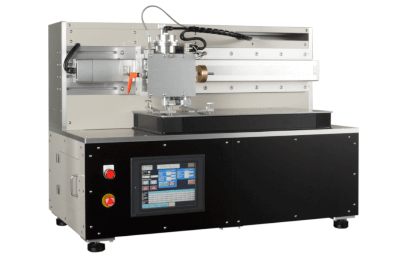What Is Gypsum Wallboard?
Gypsum wallboard, commonly known as gypsum board, is a building material made of gypsum encased in paper and formed into boards for easy installation.
It typically comes in thicknesses of 9.5 mm, 12.5 mm, and 15 mm.
Uses of Gypsum Wallboard
Gypsum wallboard has become indispensable in architecture and interior design for its ease of use. Its primary applications include:
1. Interior Wall Coverings
Most often, gypsum wallboard serves as an interior wall covering, providing a smooth finish to wall surfaces. It is also utilized in conjunction with insulation materials to enhance thermal insulation.
2. Ceiling Material
As a ceiling material, gypsum wallboard achieves a seamless finish and allows for the concealment of light fixtures and air conditioning ducts when installed above.
3. Partitions
Gypsum wallboard is used to create partitions within spaces, offering privacy and improved acoustics through the integration of insulation.
Characteristics of Gypsum Wallboard
Pros
Gypsum wallboard is lightweight, manageable, and simple to cut and shape. It is cost-effective, easy to install, and boasts excellent soundproofing capabilities, reducing echo within rooms.
Fire-retardant variants are available, which hinder flame spread during fires, thus minimizing structural damage. Moisture-resistant types are also available, ideal for use in humid conditions to prevent moisture buildup.
Its benefits, including lightness, affordability, soundproofing, and fire resistance, render it valuable in interior construction.
Disadvantages
Gypsum wallboard is susceptible to damage from light impacts and requires careful handling during installation. Its composition makes it challenging for nails and studs to penetrate, owing to its low point impact resistance.
It is also prone to water and moisture damage, necessitating the use of water-resistant variants in areas like bathrooms and kitchens. Additionally, it must be disposed of responsibly, not as general waste.
Types of Gypsum Wallboard
Gypsum wallboard is a popular choice for walls and ceilings in both residential and office settings.
The standard type is often used for interior projects due to its cost-effectiveness and ease of handling, making it a favorite for construction and DIY endeavors.
Fire-retardant gypsum wallboard is designed to prevent flame spread and mitigate fire damage. It is thicker and made from fire-resistant materials compared to the standard version.
Moisture-resistant gypsum wallboard is tailored for damp environments like bathrooms, featuring a waterproof surface to resist moisture and mold.
Decorative gypsum wallboard serves as an aesthetic interior finish, with designed surfaces offering various textures or patterns for stylish interiors.
How to Select Gypsum Wallboard
Selection depends on the usage context. For typical interior tasks, standard gypsum wallboard is sufficient. However, for areas requiring fire resistance or moisture protection, choose accordingly.
Consideration of thickness and size is crucial to meet specific needs and ensure safe installation and handling.
 Scratch testing service involves using a diamond indenter to create controlled scratches on a sample’s surface. The sample is moved at a constant speed while the load is gradually increased. This method allows for the analysis of peel load, frictional force, scratch depth, and acoustic effects during thin film fracture by examining the scratch marks.
Scratch testing service involves using a diamond indenter to create controlled scratches on a sample’s surface. The sample is moved at a constant speed while the load is gradually increased. This method allows for the analysis of peel load, frictional force, scratch depth, and acoustic effects during thin film fracture by examining the scratch marks.